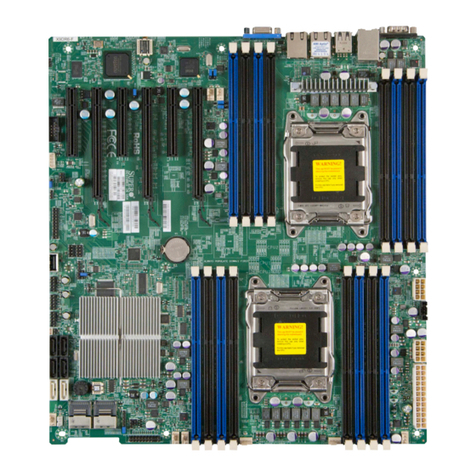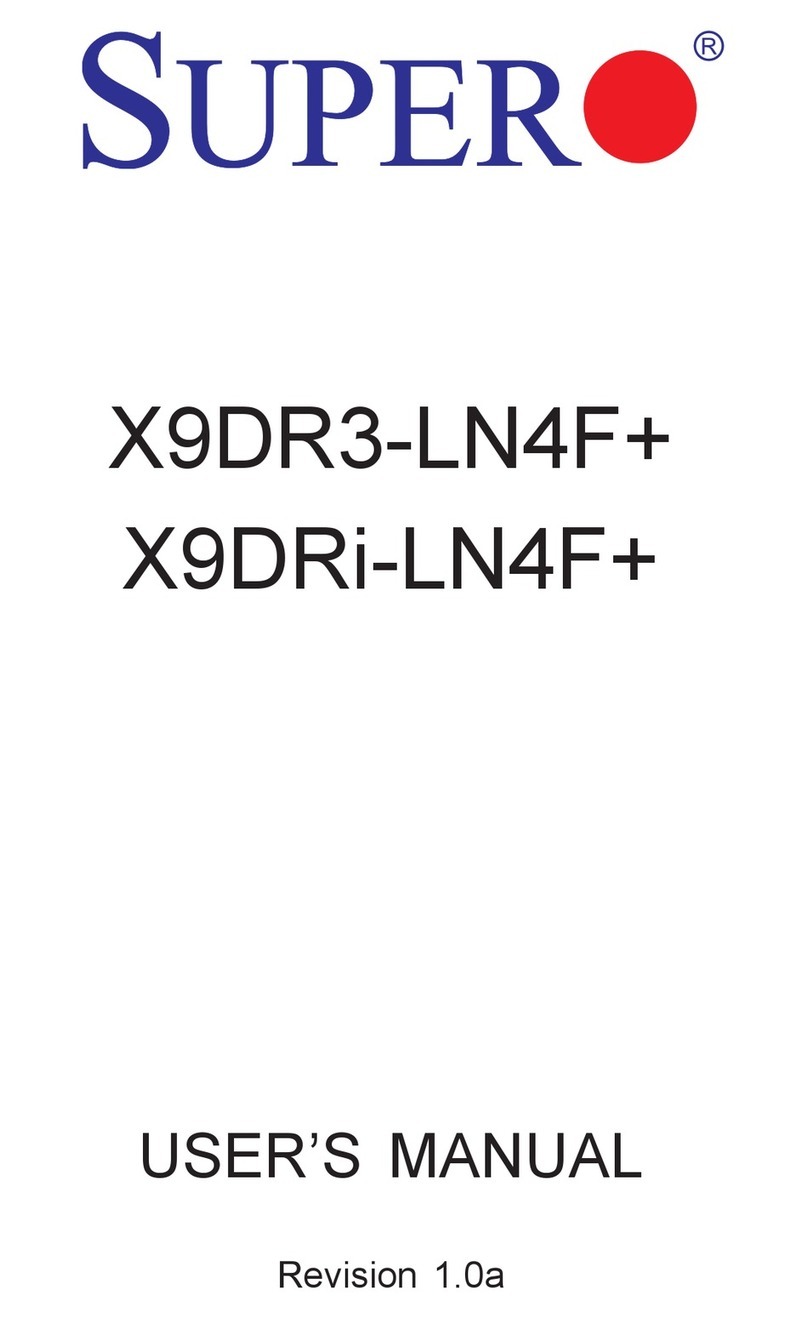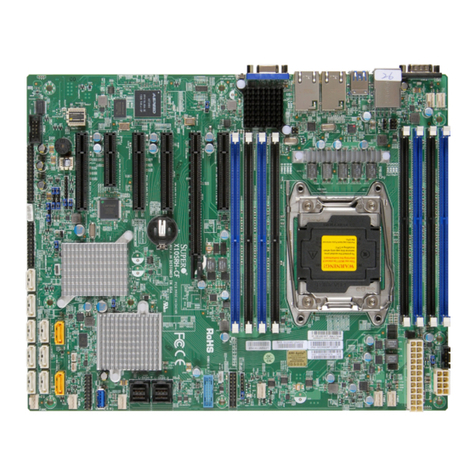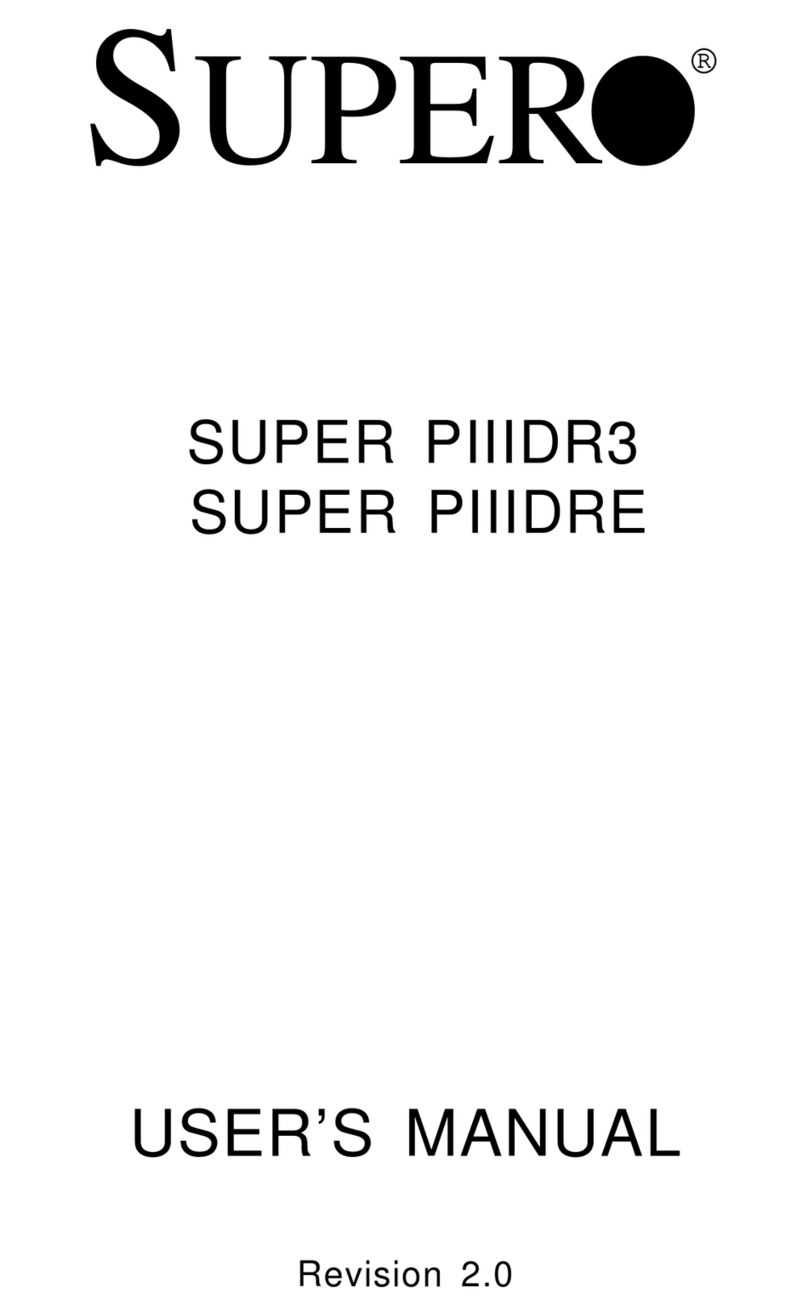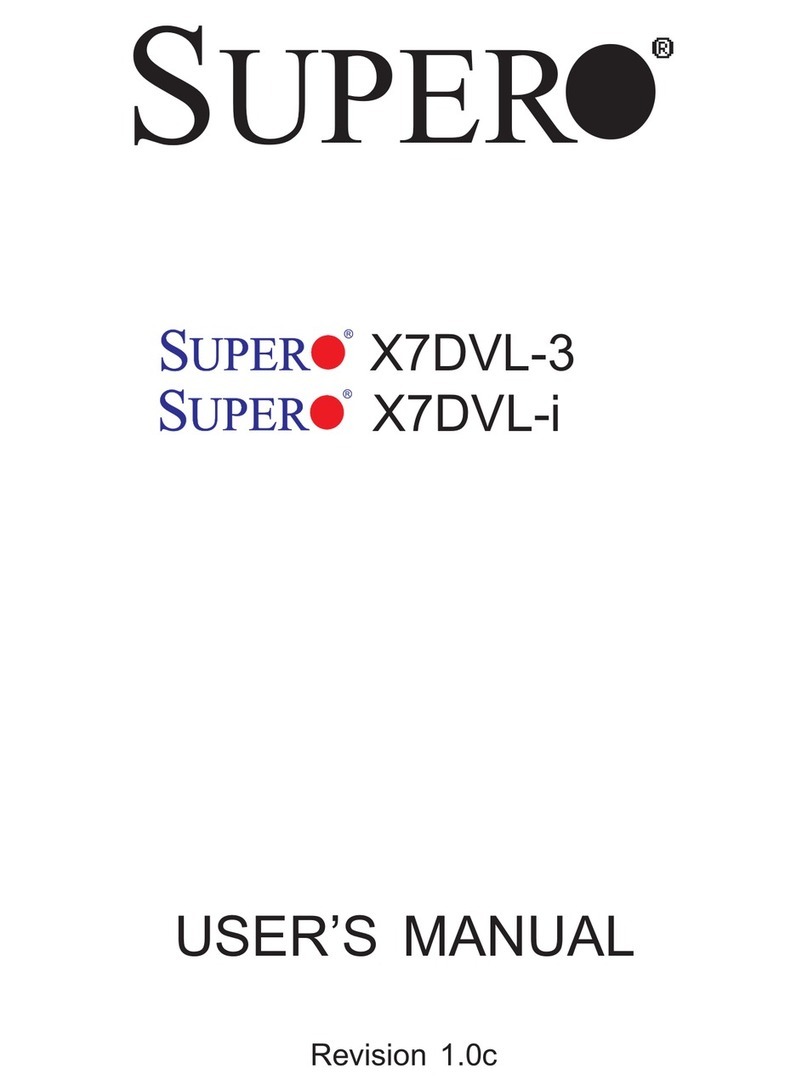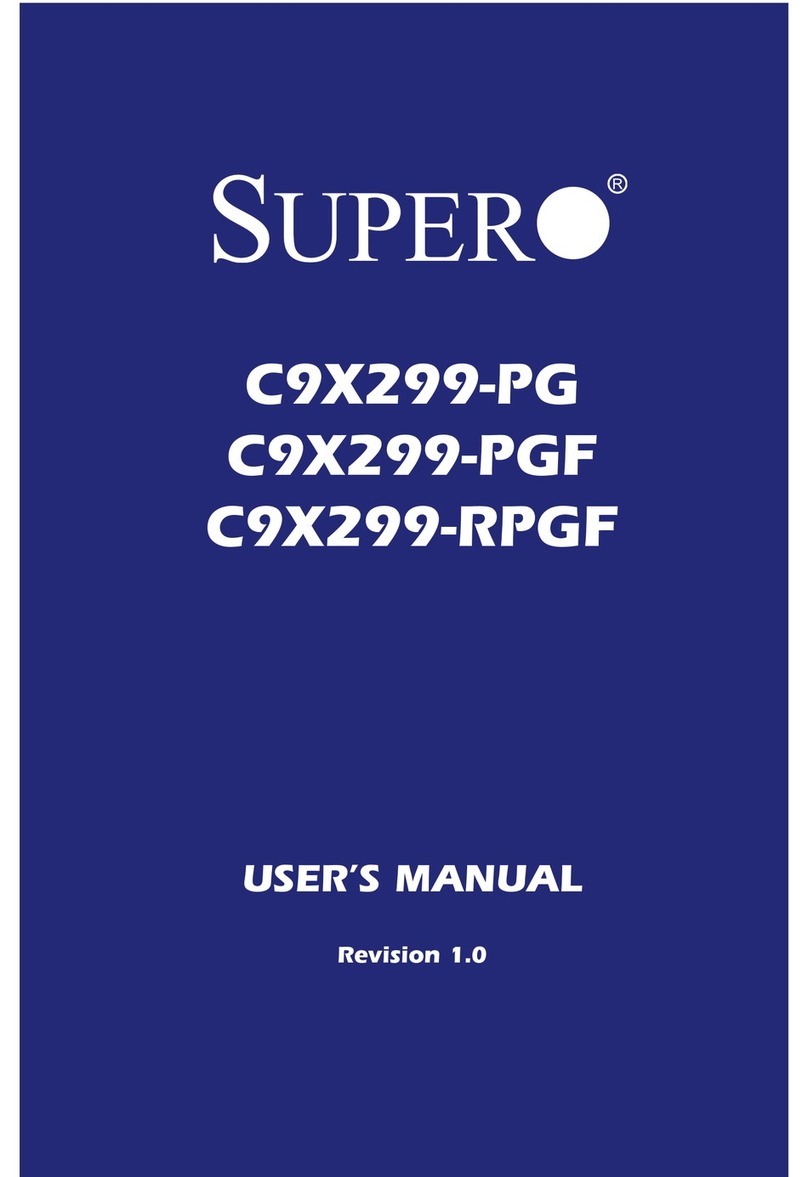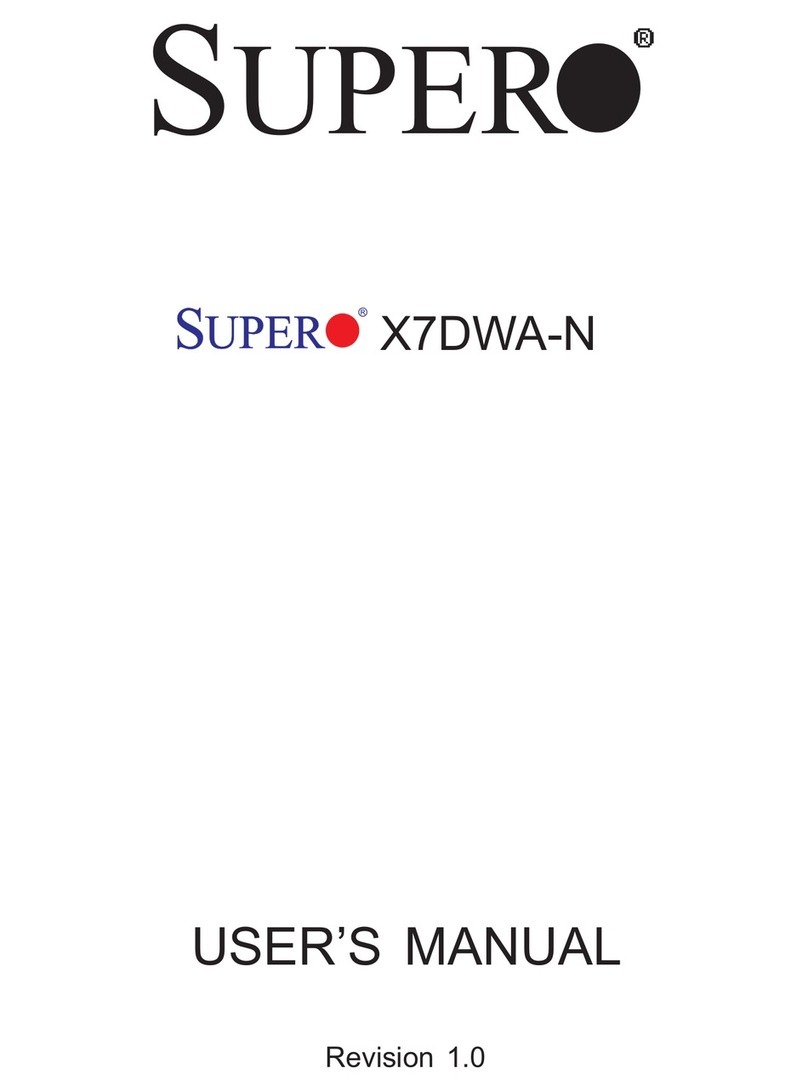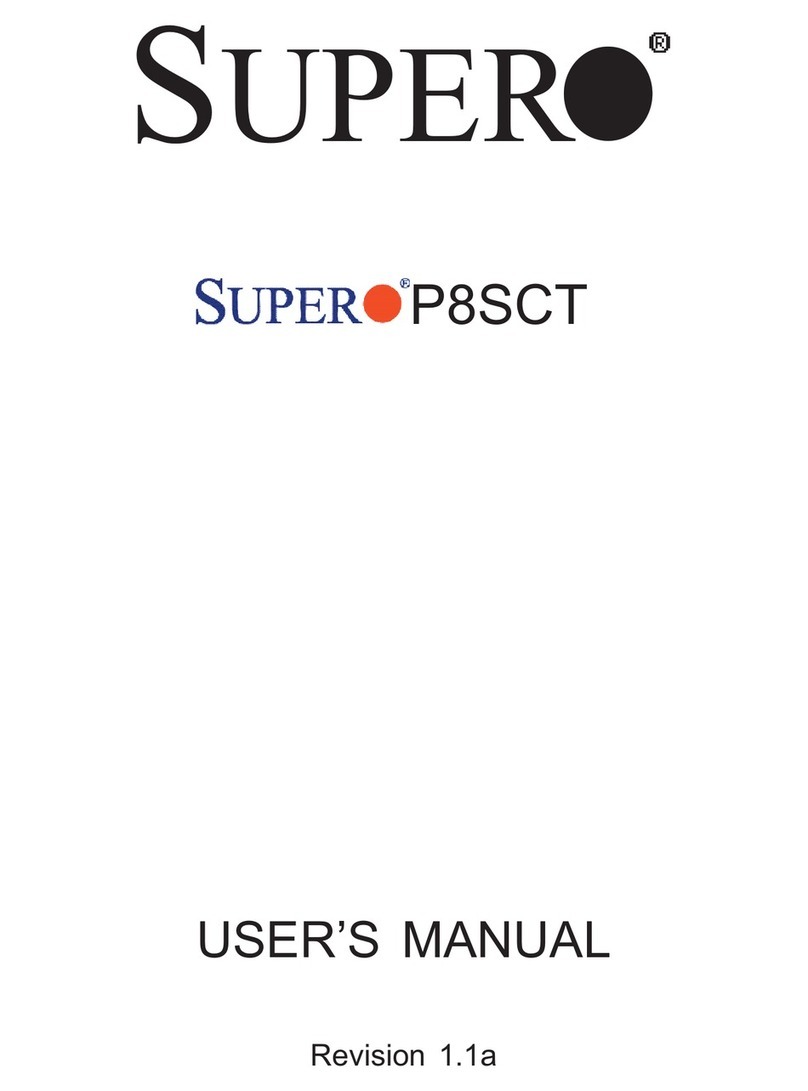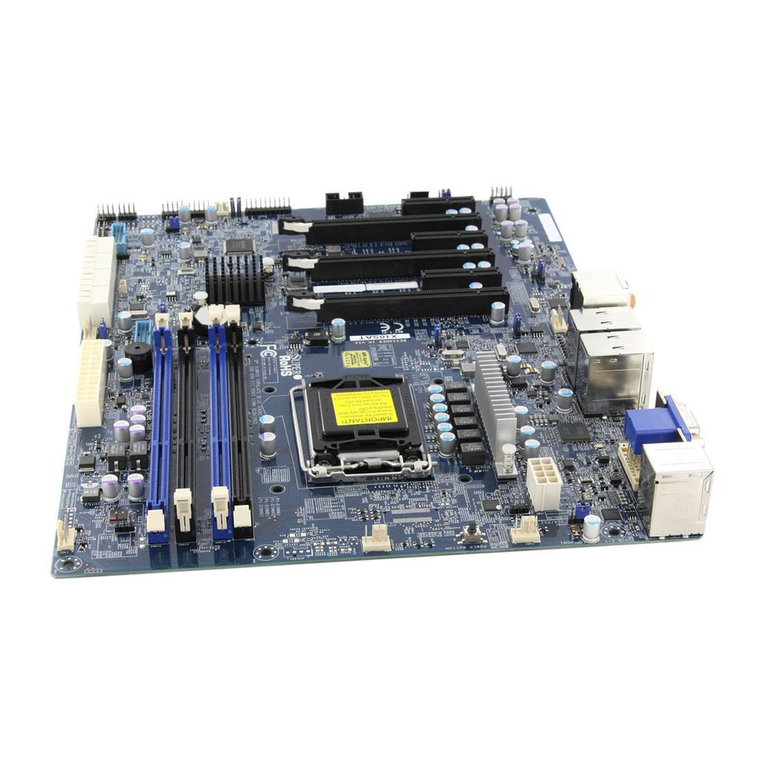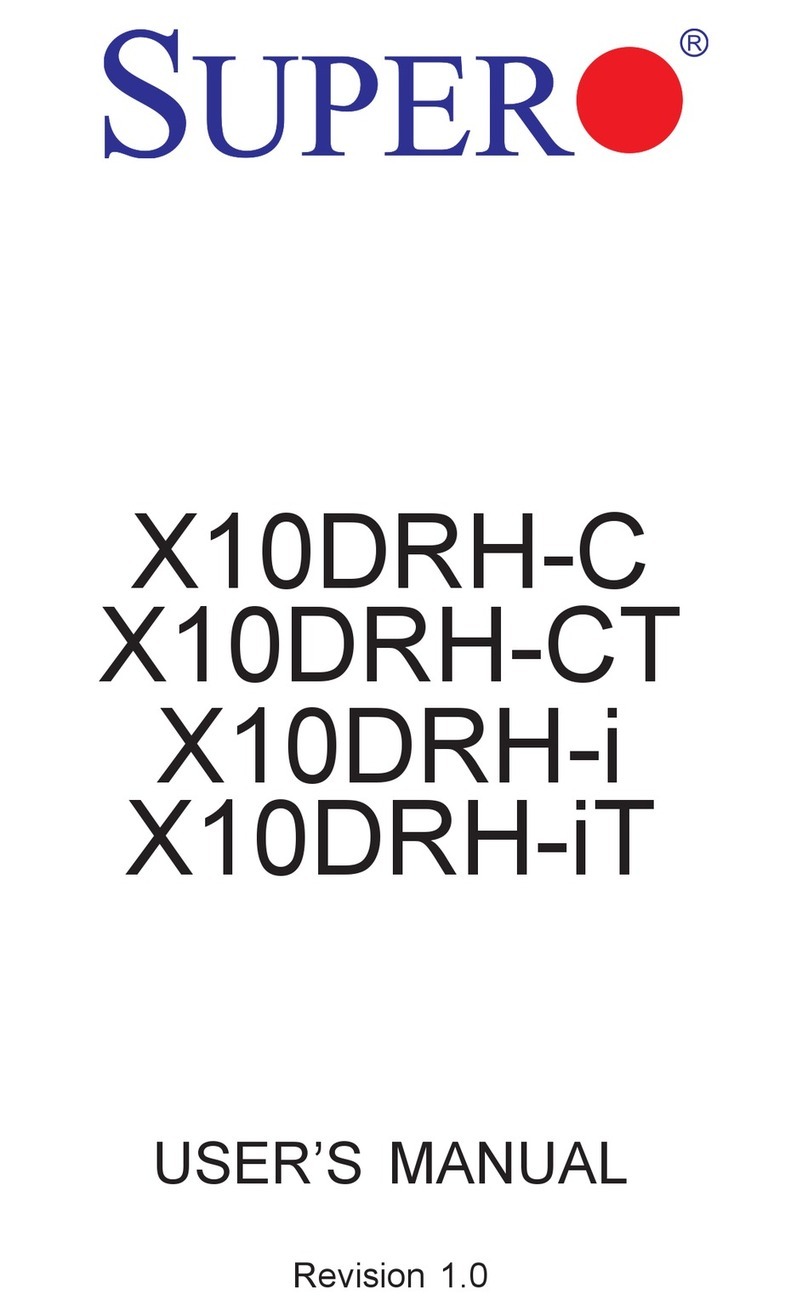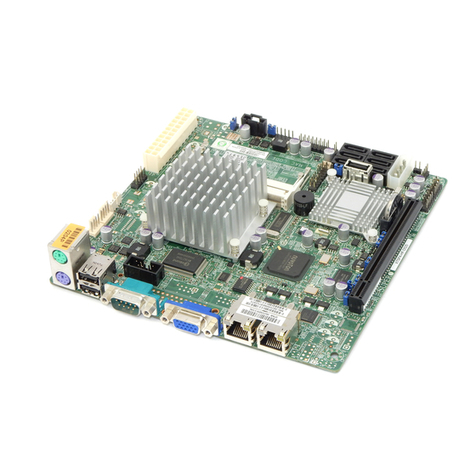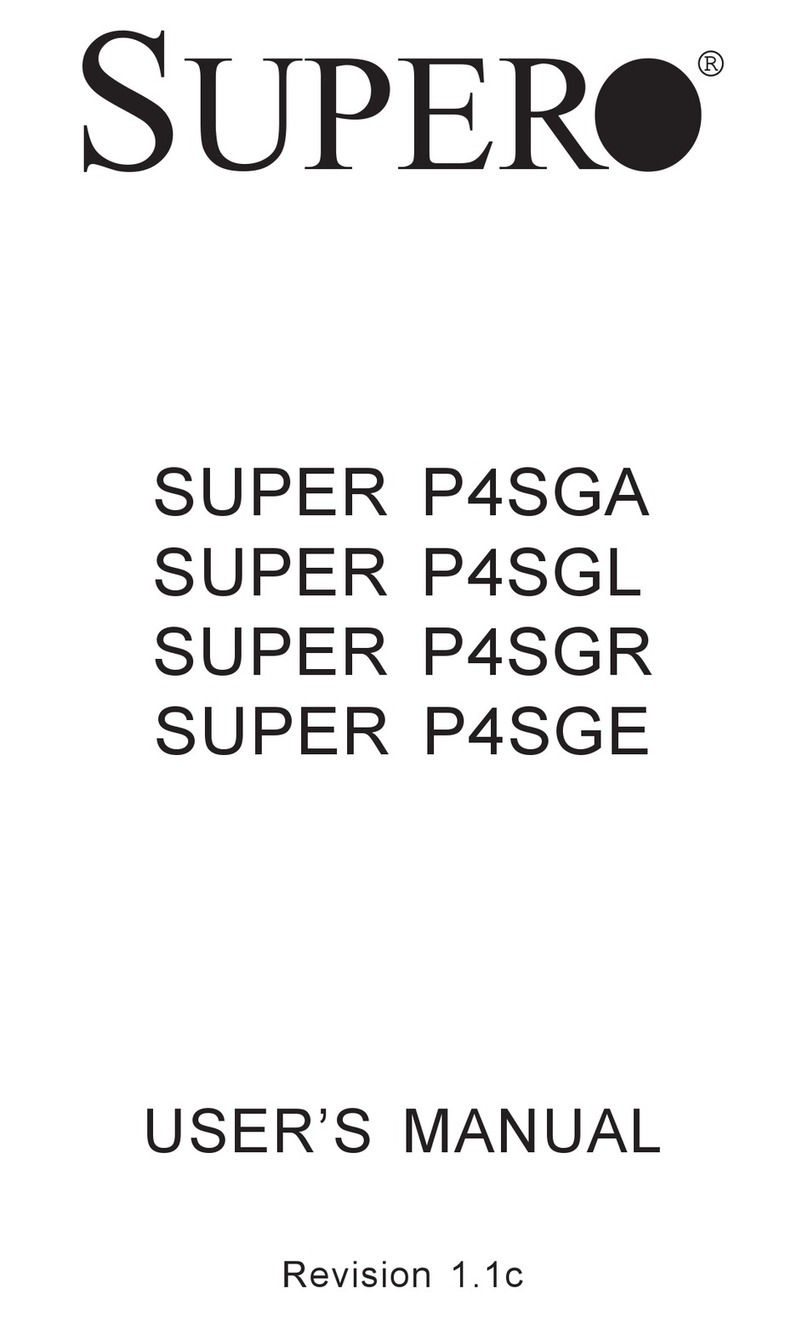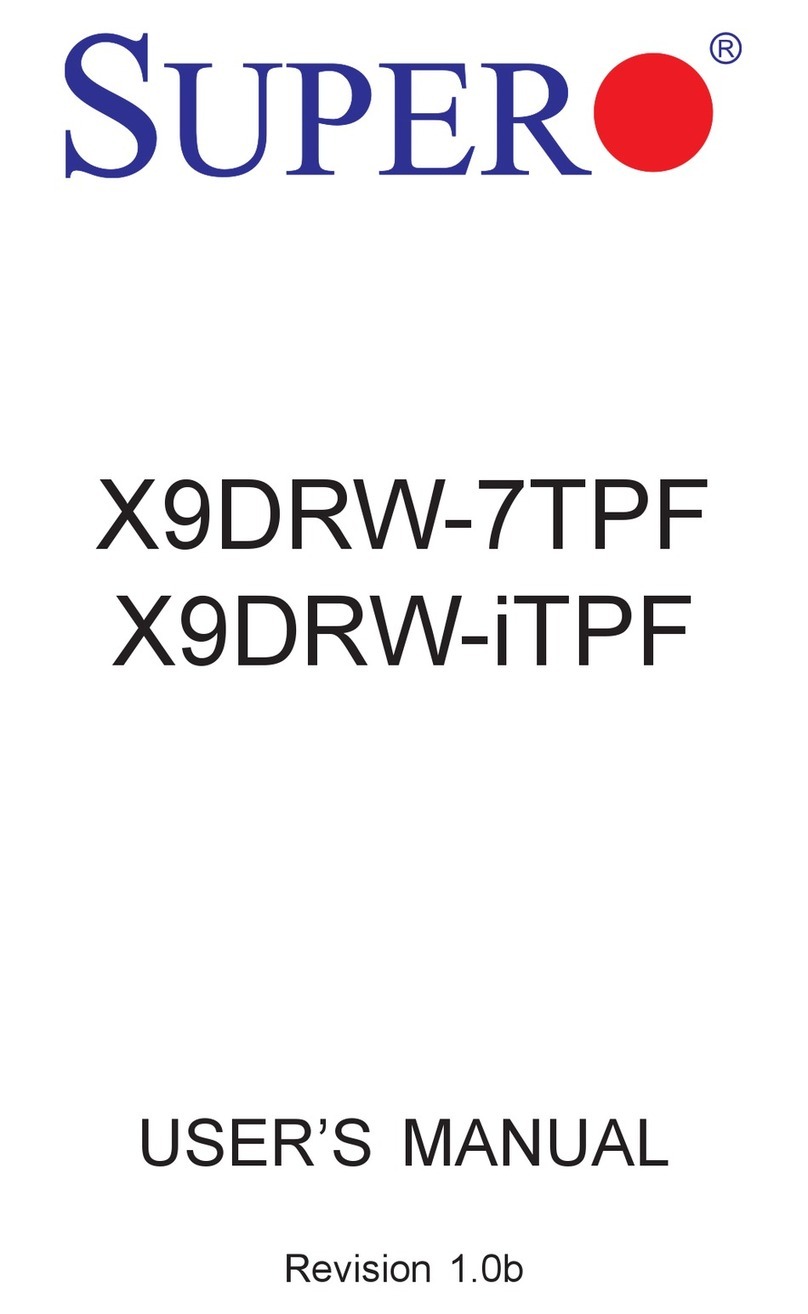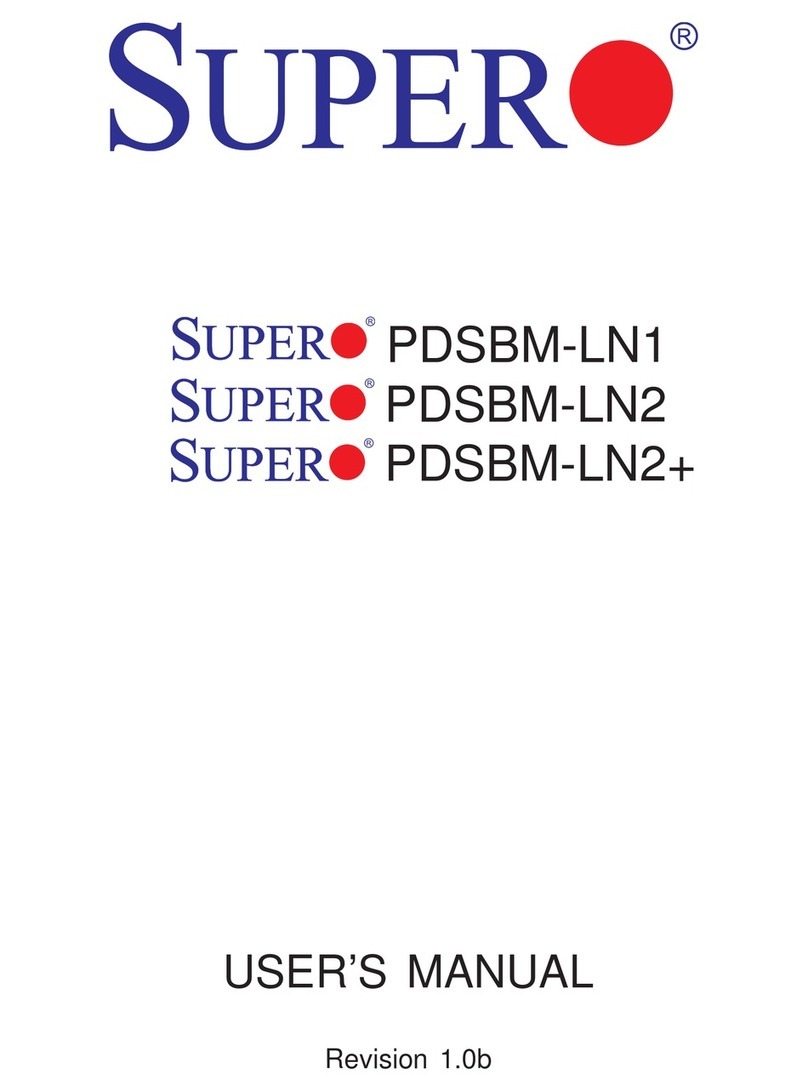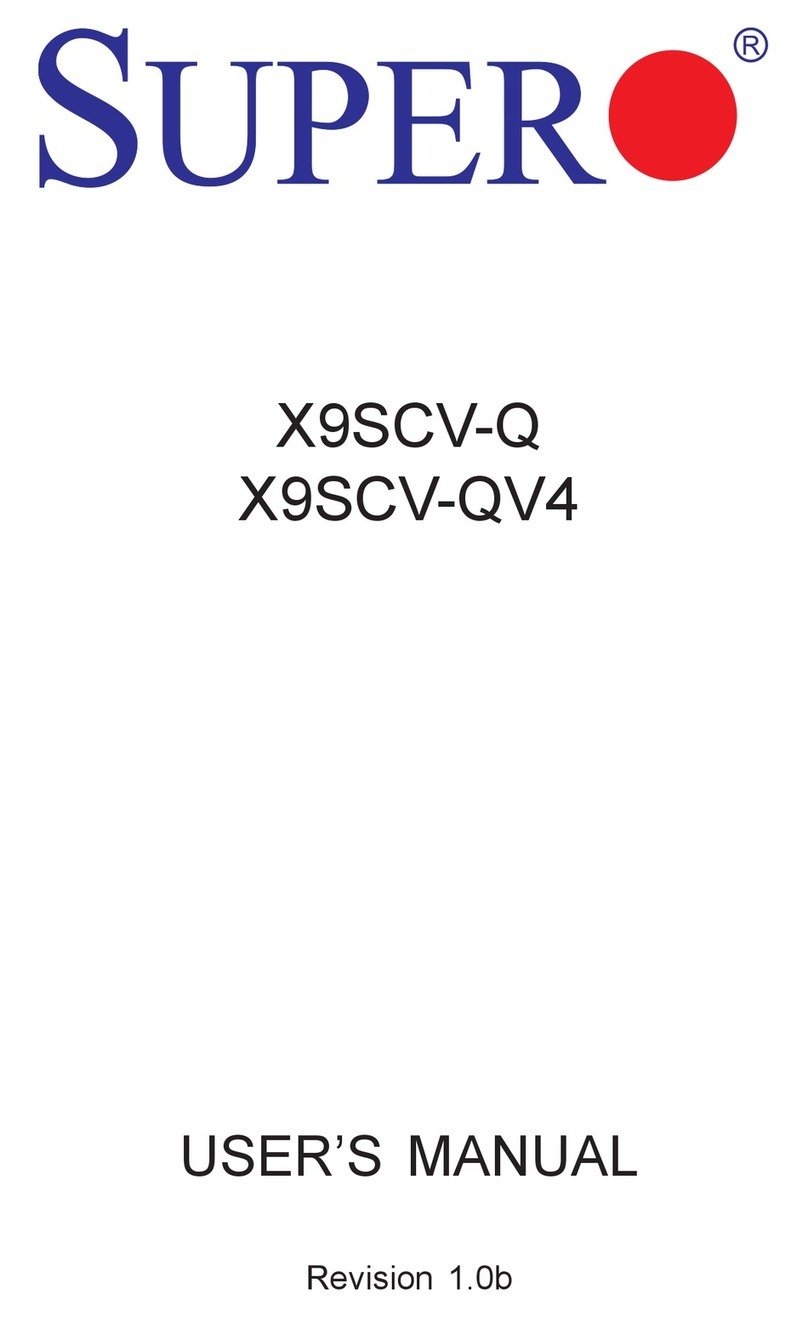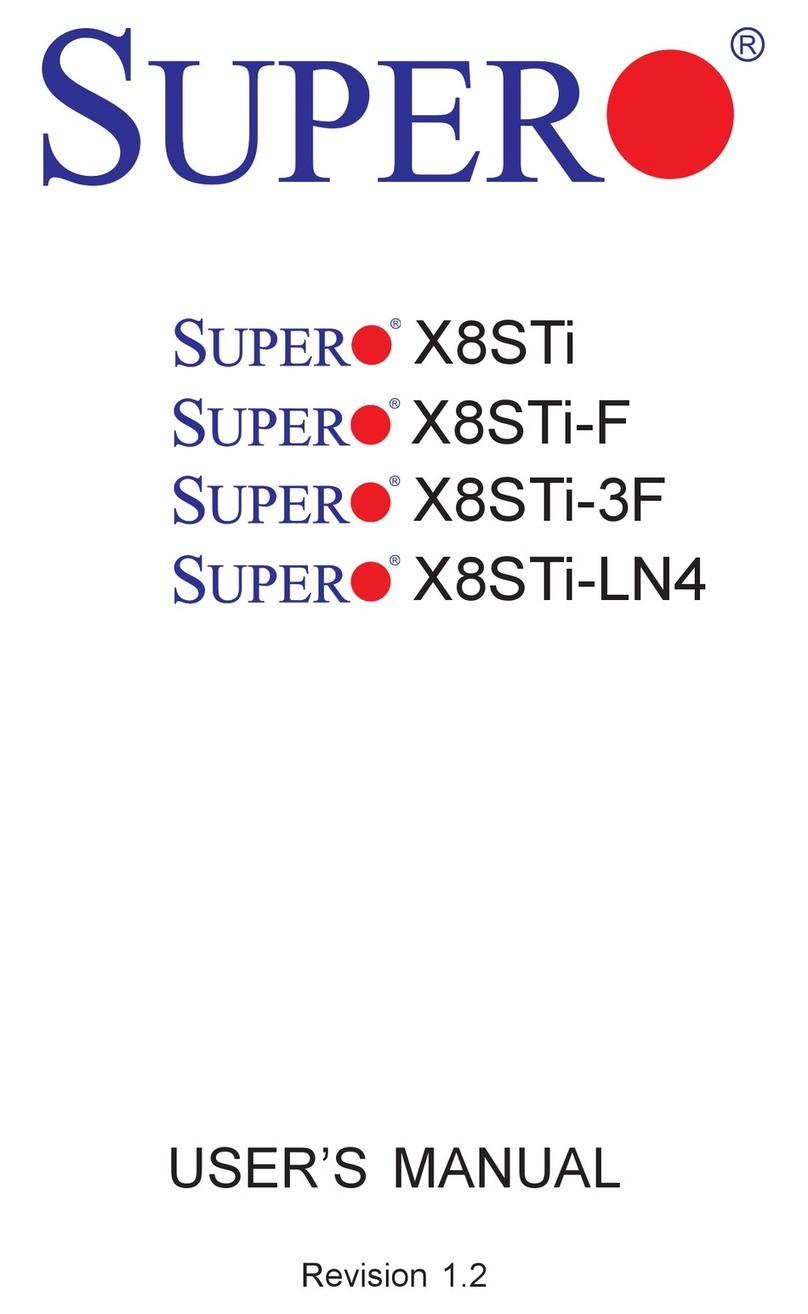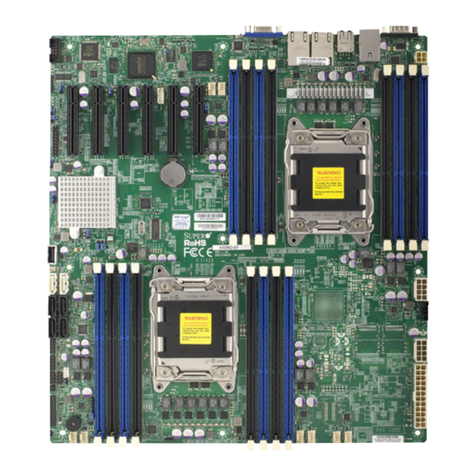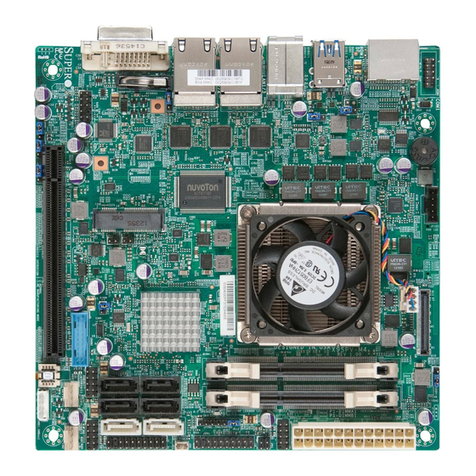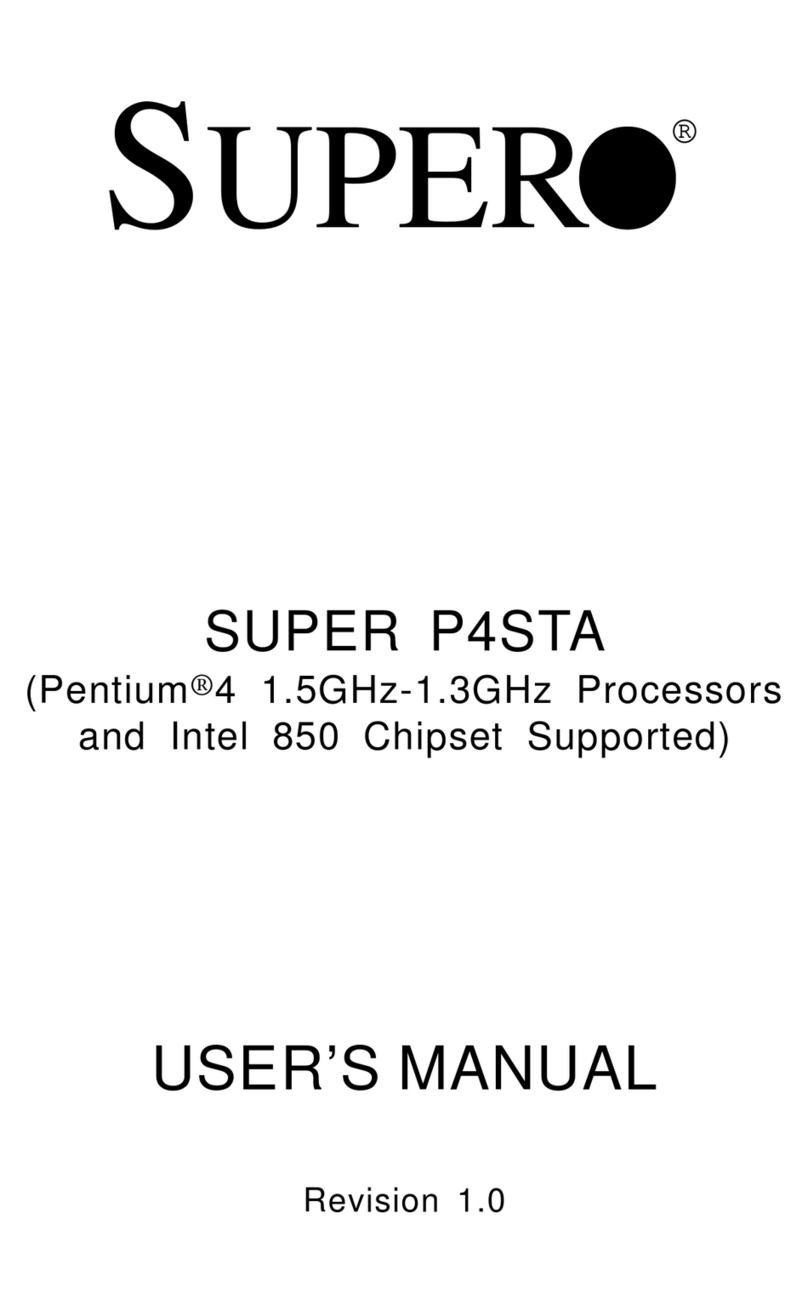Table of Contents
v
HDD LED .................................................................................................... 2-9
NIC1 LED ................................................................................................... 2-9
NIC2 LED ................................................................................................... 2-9
Overheat LED ........................................................................................... 2-9
Power Fail Button ..................................................................................... 2-9
Reset Button........................................................................................... 2-10
Power Button ......................................................................................... 2-10
Chassis Intrusion ................................................................................... 2-10
Universal Serial Bus (USB0/1) ............................................................ 2-10
Extra Universal Serial Bus Headers................................................... 2-11
Serial Ports ............................................................................................. 2-11
LAN (Ethernet) Ports.............................................................................. 2-11
ATX PS/2 Keyboard and Mouse Ports................................................ 2-11
Fan Headers........................................................................................... 2-12
Power LED/Speaker (JD1) ................................................................... 2-12
Power Supply Fail Header .................................................................... 2-12
Keylock ..................................................................................................... 2-13
Wake-On-LAN ......................................................................................... 2-13
Wake-On-Ring ......................................................................................... 2-13
2-6 Jumper Settings ............................................................................................ 2-14
Explanation of Jumpers ........................................................................ 2-14
CMOS Clear............................................................................................. 2-14
Mb LAN Enable/Disable......................................................................... 2-15
Gb LAN Enable/Disable......................................................................... 2-15
VGA Enable/Disable ............................................................................... 2-15
Power Supply Alarm Enable/Disable................................................... 2-15
SCSI Enable/Disable................................................................................ 2-16
SCSI Termination Enable/Disable.......................................................... 2-16
Watch Dog Enable/Disable .................................................................... 2-16
2-7 Onboard Indicators ...................................................................................... 2-17
Gb LAN LEDs .......................................................................................... 2-17
2-8 Parallel Port, Floppy/Hard Disk Drive and SCSI Connections ............... 2-17
Parallel Port Connector ......................................................................... 2-17
Floppy Connector................................................................................... 2-18
IDE Connectors ...................................................................................... 2-18
Ultra320 SCSI Connectors..................................................................... 2-19
2-8 Installing Software Drivers......................................................................... 2-20
